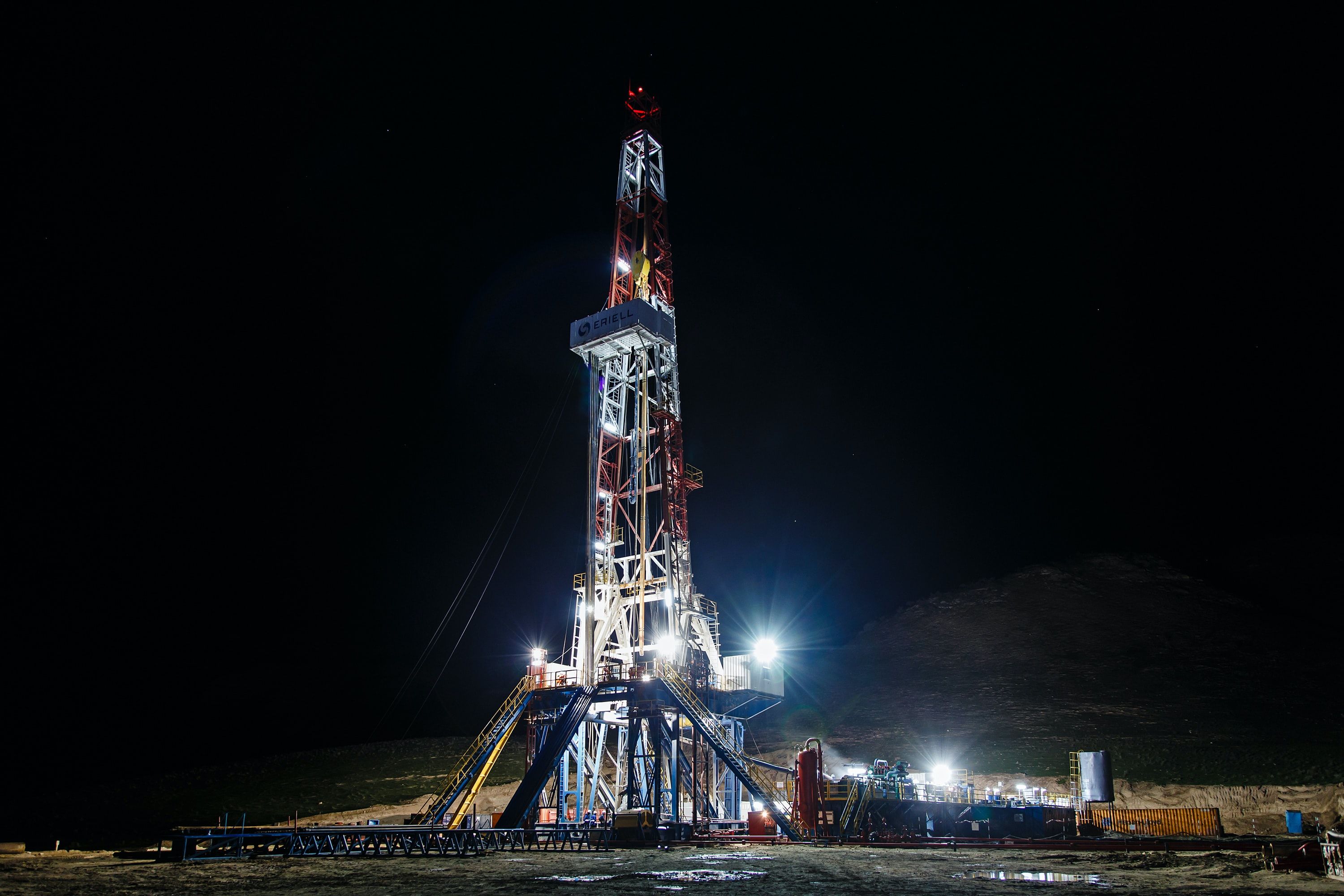Uncertainties in oil prices beyond 2020
With oil demand as low as it can be in a pandemic, is there a future for black gold?
 Photo: Worksite Ltd
Photo: Worksite Ltd
The year of 2020 is probably one of the worst years in history that oil executives had hoped to find themselves in. Just seven months ago, the West Texas Intermediate (WTI) crude has shocked the world with an almost 300% drop in index price, trading at around negative $37 per barrel.
What does it mean really?
Well, in short, you are actually paying the person with the oil to not give you the oil! The reasons behind this were: COVID-19, which caused oil demand to fall; and the supply cut from the Organization of the Petroleum Exporting Countries (OPEC), which had not been scheduled to come into effect until weeks later. With Pfizer and BioNTech reporting success of their coronavirus vaccine trial earlier this week, the oil industry supposedly looks brighter ahead. On the contrary, various entities suggest that the global oil demand remains low, and the prospect for the oil industry heading into 2021 dimly is quite high.
Earlier this week, the International Energy Agency (IEA) cautioned that a COVID-19 vaccine is unlikely to come to the oil market’s rescue until late 2021 at the earliest, as the effect of the vaccine will only show towards the end of next year. Oil demand would come lower than initially forecasted due to the surge in number of COVID cases across Europe and the US, and reimposed measures governments have implemented to halt the spread of the virus. In the meantime, global oil supply rose by 200,000 barrels/day from 91.2m barrels/day in October, with production expecting to rise further after the US recovers from the Hurricane Zeta, and Libya restoring production of 1m barrels/day within four weeks after the eight-month blockade. The macroeconomic contributions from weaker demand and increasing oil supply will potentially deteriorate oil prices further, deeming the 1st December OPEC meeting in an attempt to curb oil production and rebalance the market for slow progress crucially important.
Macroeconomic contributions will deteriorate oil prices further
The Biden administration’s victory in the US presidential election might further complicate the oil industry, sending off multiple contradictory market signals and uncertainties. Under President Biden, if the US and Iran manage to return to the path of diplomacy, there is a chance that strict US sanctions on Iran’s oil exports could be eased, paving way for around 2m barrels/day of oil supply, further weakening oil price. However, some of his other proposals such as limiting new drills on federal territory could on the contrary, shave off US oil production. More importantly, the US under Biden might potentially be able to recover oil demand given his commitment to tackle COVID with his COVID-19 task force.
The uncertainties in oil price are reflected in the oil futures market. For example, the Brent crude contract for December 2023 can be bought today at $48 per barrel, just over $3 a barrel over the next three years from the current oil price. The December 2025 Brent crude contract, which seems distant away from now and the COVID fear, is barely just $49 per barrel. Consequently, shares from BP and ExxonMobil have both plummeted to below their April 2020 lows, with oil executives struggling to find solutions, be it investing more in renewables or praying for the oil traders’ sympathy or the so-called “oil cycle” that supposedly cannot be broken.
Contrary to the pessimistic oil market, the gold industry is doing more than just fine. Barrick Gold, the world’s second biggest miner recorded a significant threefold rise in adjusted third-quarter profits on the backdrop of the surging price of gold.
Gold prices set a new record nominal high this year of more than $2000 per troy ounce, amid sustained investor demand for gold, which has pushed prices up 2%.
The above-average performance of gold is understandable given that gold has always been in the past considered a natural hedge against economic recessions and currency volatility.
Well, maybe now might be the right time to move from investing in oil futures to buying gold after all.










